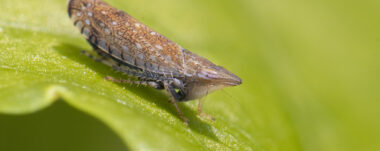Masquerade Day Parade: Cultural Roots
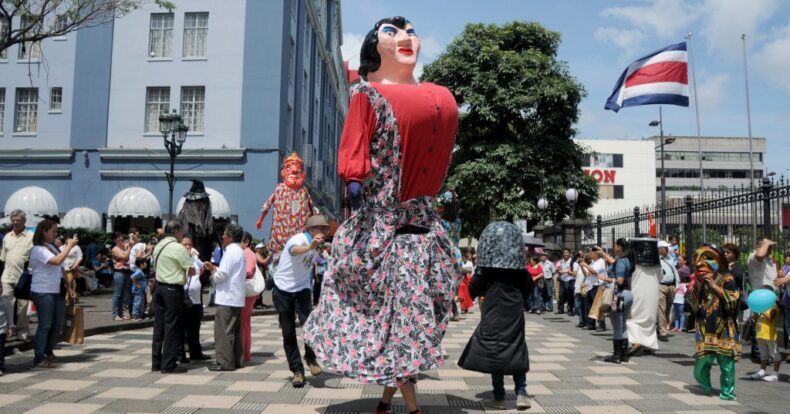
Every October 31, Costa Rica celebrates Traditional Masquerade Day, a holiday that honors the country’s cultural heritage and strengthens community spirit. This year, the celebrations will take place on Friday, with parades and artistic performances that bring families from across the country together around this tradition.
The date was officially established in 1996, when Executive Decree No. 25724-C declared October 31 as the National Day of the Traditional Costa Rican Masquerade, with the purpose of rescuing and sharing the cultural expressions that consolidate national identity.
During the parades, giant masks representing characters from popular folklore such as La Giganta, El Diablo, La Segua, and La Llorona stand out, accompanied by the famous cimarronas, bands that play festive rhythms.
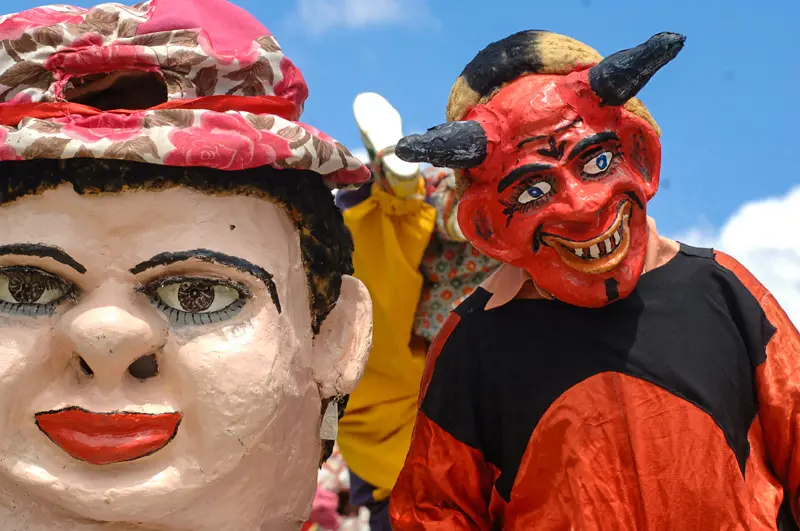
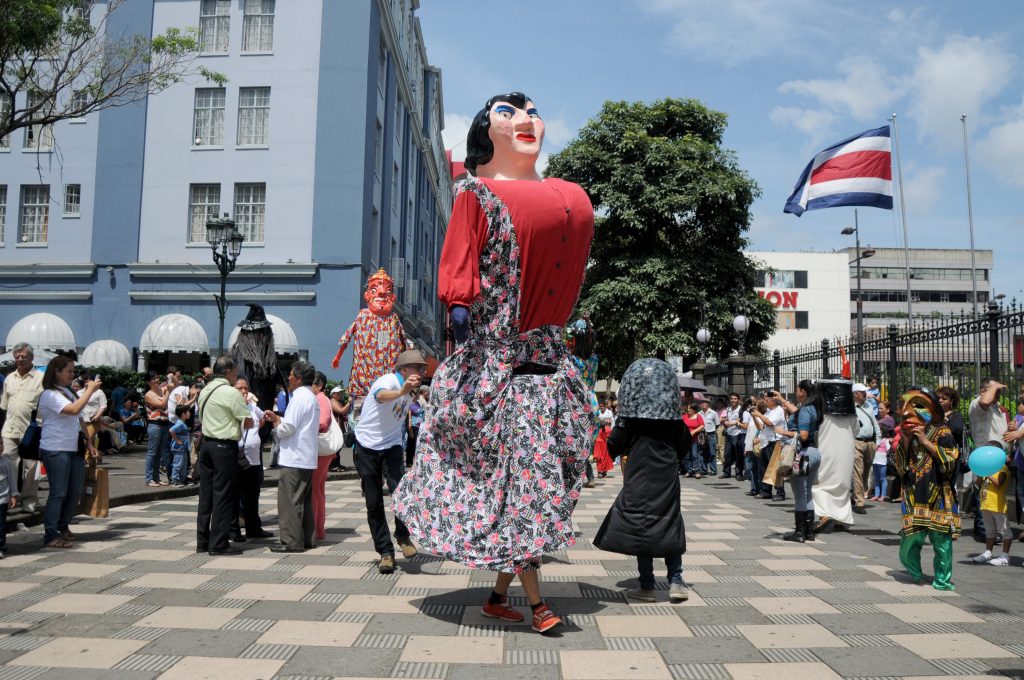
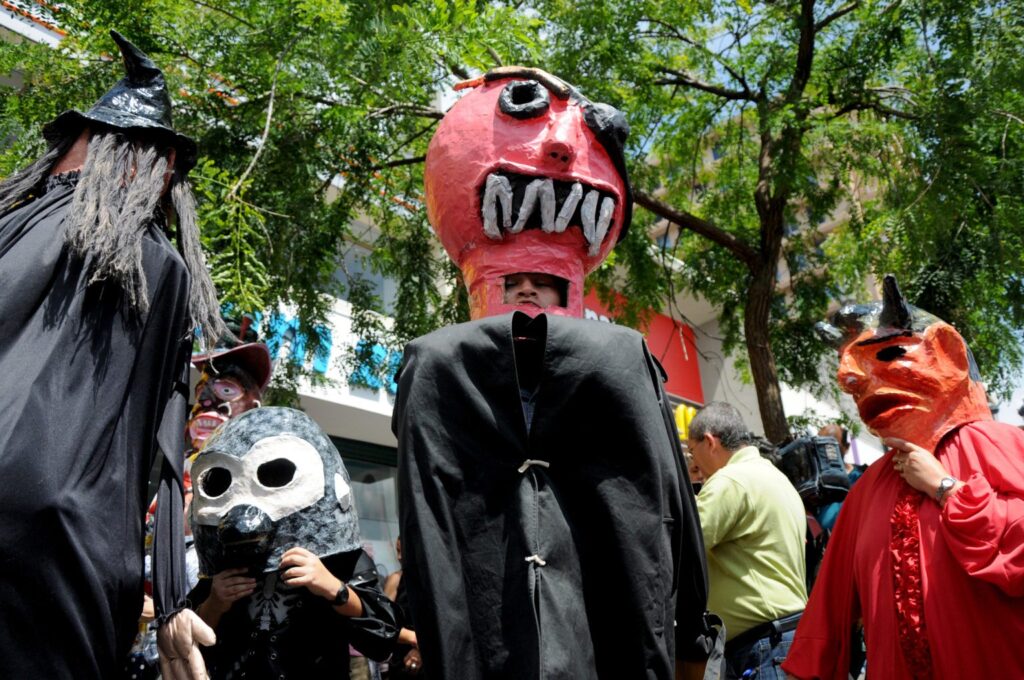
Every October 31, we celebrate Traditional Costa Rican Masquerade Day, an expression that represents the richness of our cultural identity and the creativity of our artisans. Masquerades are more than a tradition: they are a national symbol that unites communities, strengthens our roots, and allows us to pass on pride in our history from generation to generation.
Jorge Rodríguez Vives, Minister of Culture and Youth
Masquerade Day Parade: celebrations
This year’s main activities include a special event organized by the Ministry of Culture and Youth at the Fidel Gamboa Amphitheater, located in the National Center for Culture (CENAC). The celebration begins at 6 p.m. with artistic and musical performances by the Castella Conservatory, followed by a concert by the San José National Band at 7 p.m., with a repertoire inspired by horror movie soundtracks, in keeping with the festive atmosphere of the date.
Communities across the country are also joining in with their own celebrations. In Escazú, a parade will depart at 7 p.m. from the Municipal Civic Center, accompanied by cimarronas and masquerades. In Santo Domingo de Heredia, the parade will begin at 6 p.m. in the central park, inviting families to participate.
Cartago, the birthplace of tradition during the old colonial bullfighting festivals, organizes colorful parades with bands and masqueraders displaying classic characters. Heredia and Alajuela also contribute their local flavor, with groups such as Liga Deportiva Alajuelense sharing videos alluding to the masquerade and its contagious joy.
Costa Rican masquerades
The masquerade stands out as part of Costa Rica’s intangible cultural heritage for three fundamental reasons: knowledge of the natural materials used in the making the masks, such as clay and paper, the craft techniques passed down through generations, and the collective participation with music and dance.
Some of the guardians of this tradition are the mask makers, artisans who are dedicated to keeping the practice alive. Traditional masks are something we should teach the younger generations so that these traditions aren’t lost.
Other mask makers share this same commitment in communities such as Barva de Heredia and San José, where the tradition is kept alive thanks to the work of local workshops, schools, and festivals. Institutions such as the National Library also promote learning with mask-making workshops for children, passing on the craftsmanship and cultural value behind each creation.
Sensorial Sunsets
Navigate articles




